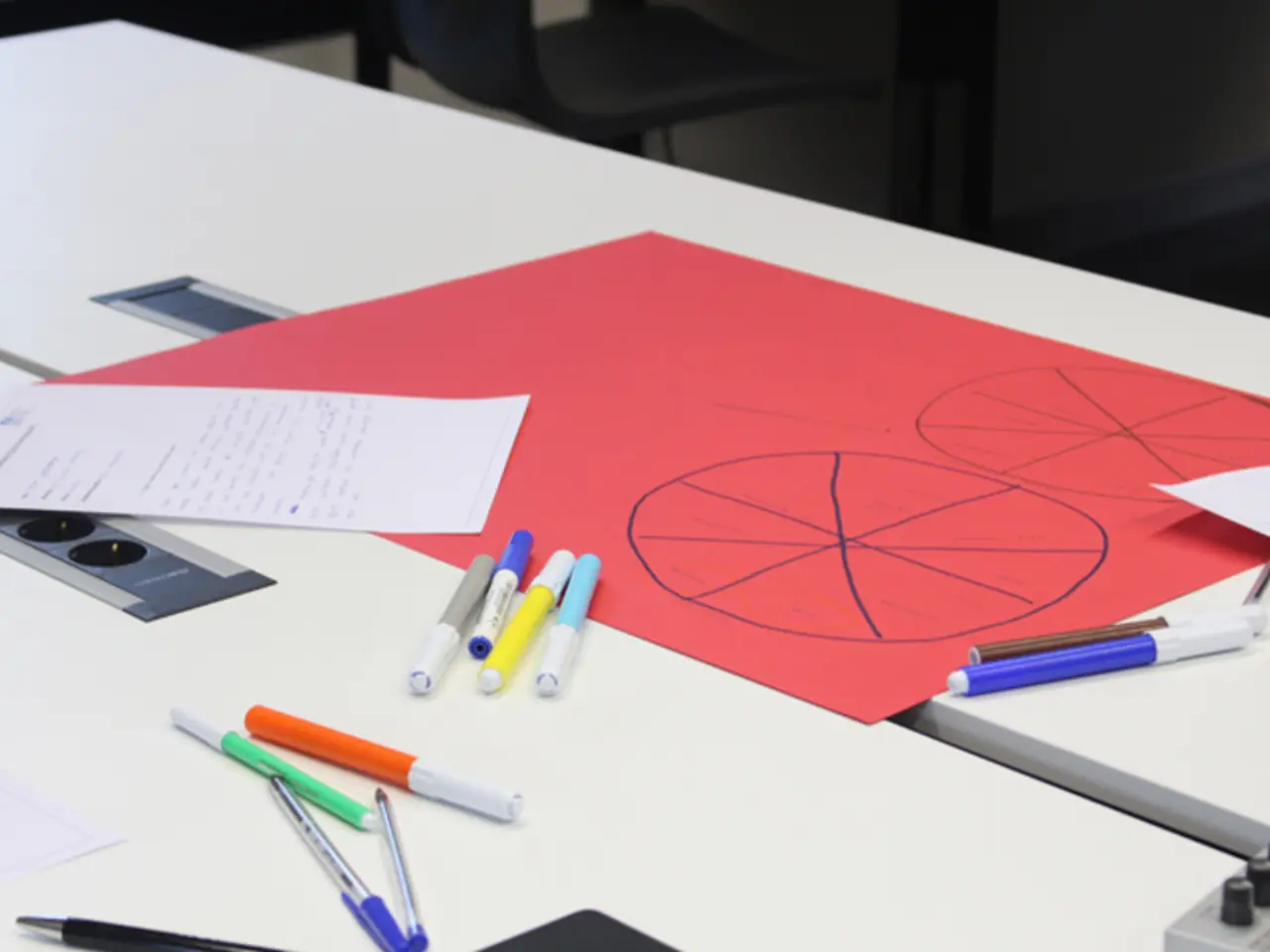Methods and Approaches for Establishing Daily Habits with Attention Deficit Hyperactivity Disorder
========================================
Women with Attention Deficit Hyperactivity Disorder (ADHD) may face unique challenges in managing their symptoms, but research suggests that a combination of daily routines, balanced nutrition, regular exercise, and mindfulness practices can help improve focus, emotional regulation, and overall quality of life.
According to various studies, women with ADHD are more likely to experience co-occurring mental health conditions such as anxiety and depression. However, by establishing structured and predictable habits, women can reduce decision-making fatigue and manage symptoms more effectively.
A key strategy for developing daily routines is to start the day with a structured routine. This includes waking at the same time, eating a healthy breakfast, and preparing for the day in advance. This approach helps anchor the day and ease task transitions.
Regular physical activity, such as walking, dancing, yoga, or other aerobic exercises, can also improve attention, reduce impulsivity, and lower stress and anxiety common among women with ADHD. Aim for about 4 to 5 sessions weekly of at least 30 minutes.
Nutrition that fuels brain function through whole foods supports energy stability and cognitive performance. Eating a balanced diet with plenty of protein, fruits, and vegetables can help manage ADHD symptoms. It's also important to stay hydrated by drinking plenty of water throughout the day and avoiding processed foods and sugary drinks.
Managing the environment by organizing workspaces can minimize distractions and improve productivity. Using calendars and task lists can aid with planning and time management, helping women overcome executive function challenges. Breaking large tasks into manageable steps can prevent overwhelm.
Additional techniques such as having a morning accountability buddy and using the "feet on the floor" with the 5-second rule can support overcoming inertia in task initiation. Recognizing and leveraging personal ADHD strengths like creativity and hyperfocus while practicing self-advocacy can contribute to a better quality of life overall.
Planning for success throughout the day by scheduling time for important tasks and incorporating extra time for transitions can improve productivity and focus. Establishing a consistent sleep schedule is also key for managing ADHD symptoms, as getting enough sleep is essential for mental health and focus.
Incorporating mindfulness practices such as meditation or deep breathing exercises can help manage emotional symptoms of ADHD. Identifying triggers for emotional dysregulation and developing coping strategies can also be helpful.
Utilizing apps and technology can assist in establishing and maintaining a daily routine for individuals with ADHD. For example, reminders and timers can help improve focus and productivity.
ADHD affects an estimated 4.4% of adults in the United States. It's important to remember that everyone with ADHD is unique, and what works for one person may not work for another. Developing a daily routine that aligns with personal strengths can help establish a routine that works best for each individual.
By implementing these strategies, women with ADHD can build and maintain effective daily routines, thus enhancing focus, emotional regulation, energy management, and overall life satisfaction.
- Women with ADHD can benefit from establishing structured and predictable routines to reduce decision-making fatigue and better manage symptoms.
- A balanced diet rich in protein, fruits, and vegetables, coupled with regular exercise and maintaining a consistent sleep schedule, supports cognitive performance and emotional regulation in women with ADHD.
- Journaling and self-care practices can contribute to a better quality of life for women with ADHD by promoting emotional regulation and personal growth.
- Support from a morning accountability buddy, mindfulness practices, and recognizing personal ADHD strengths can help overcome inertia and improve focus.
- Incorporating mindfulness techniques such as meditation and deep breathing exercises can help manage the emotional symptoms of ADHD and aid in emotional regulation.
- By planning and scheduling time for important tasks and breaks, incorporating self-advocacy, and utilizing apps and technology, women with ADHD can improve productivity and focus during the day.
- Emotional dysregulation can be managed by identifying triggers and developing coping strategies, leading to overall mental health and life satisfaction.
- The science of health-and-wellness, mental-health, women's health, and education-and-self-development has provided insights on strategies to enhance productivity and personal growth for women with ADHD.
- Women with ADHD can minimize distractions and improve productivity by organizing workspaces and using calendars and task lists to aid with time management.
- Breaking large tasks into manageable steps can prevent overwhelm and help women with ADHD overcome executive function challenges, contributing to improved productivity and focus.
- Engaging in daily routines, balanced nutrition, regular exercise, and mindfulness practices, as advised by science, can help women with ADHD improve their focus, emotional regulation, and overall quality of life.




